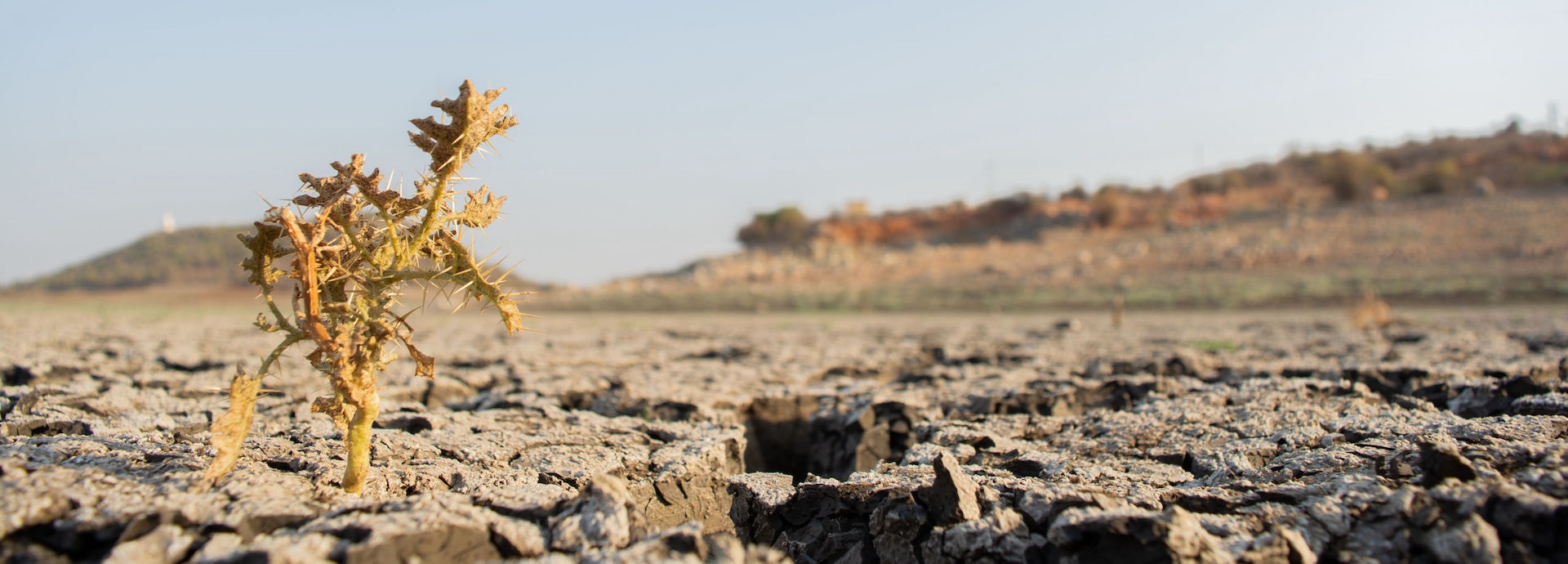

IPCC’s latest report on climate change has shocked the world and rang alarm bells about the impact of global warming. What does the report highlight, and why is it crucial ahead of the upcoming COP26 meet? Find out.
The writing is on the wall. Climate change is rapid, widespread, intensifying and possibly irreversible in the present timeframe. That’s according to the latest report of the Intergovernmental Panel on Climate Change (IPCC). The report estimates that human activities have caused approximately 1.1 °C of global warming above pre-industrial levels.
It states that global warming is likely to reach 1.5°C between 2030 and 2052 if it continues to increase at the current rate. Therefore, there will be extreme climatic changes. Sea levels will continue to rise. There will be an increase in the number of hot days in most land regions. The report points out that the highest increase in hot days will be in the tropics.
Tropical cyclones and flood hazards are also projected to be higher. High-latitude tundra and boreal forests are particularly at risk of climate change-induced degradation and loss, with woody shrubs already encroaching into the tundra and this will proceed with further warming.
“The report provides major improvements in the science basis of our understanding of climate change. It stands without a doubt that human activity influence climate systems and likely are the main driver of extreme weather events, melting of glaciers, ocean warming and acidification,” explains Måns Nilsson, Executive Director at the Stockholm Environment Institute (SEI).
Ecosystems on the brink
Of 105,000 species studied by the IPCC, at 1.5°C global warming - 6% of insects, 8% of plants and 4% of vertebrates are projected to lose over half of their climatically determined geographic range. Several marine ecosystems too will be damaged, and species will shift to higher latitudes. There will be a reduction in the productivity of fisheries and low-latitude aquaculture.
Higher temperatures will have an adverse impact on livestock based on the changes in feed quality, the spread of diseases, and the availability of water resources. Climate-related risks to health, livelihoods, food security, water supply, human security, and economic growth are expected to increase further.
“More extreme weather events will put millions of people at a much higher risk of life-threatening heat waves, floods, droughts, and poverty. They will also disrupt business operations by causing damage to factories and farmlands, halting transportation networks and causing power outages,” explains Jamal Srouji, Associate - Climate Program at the World Resources Institute (WRI).
The UN Secretary-General has called the IPCC report a ‘Code red for humanity’. He has tweeted that greenhouse gas emissions are choking our planet & placing billions of people in danger and called out for decisive action to avert the ‘climate catastrophe’. To avoid that, the world will have to drastically reduce its CO2 emissions by 45% from 2010 levels by 2030 and reach net zero around 2050.
The path to cutting emissions
IPPC’s report states that limiting global warming to 1.5°C with no or limited overshoot would require rapid and far-reaching transitions in energy, land, urban and infrastructure, including transport and buildings, and industrial systems.
For instance, it would require raising the share of low-emission energy sources with renewables generating 70–85% of electricity in 2050 and gas contributing to 8%. This would mean a steep reduction in the use of coal till it reaches 0%. Such a change would require more investments and the use of new and existing technologies and practices, hydrogen, carbon capture, utilisation and storage. How far are we from reality and what can be done to achieve this?
“The first step is to phase out coal from the power system. We have come a long way in the EU on this thanks to the ETS in recent years. But China is still building large amounts of coal power plants both in China and abroad. This must stop. Then we have to continue to phase out oil and gas and move towards a fossil-free and more biobased economy. Step three is to put in place policies for changing trade and consumption since consumption is an ultimate driver of resource depletion,” explains Nilsson.
But these are big changes that require nations, businesses, governments, and people to act together as they did in 2015 with the Paris Agreement. At that time several countries presented their climate pledges as Nationally Determined Contributions (NDCs), to reduce emissions and increase their resilience to climate impacts. These pledges are to be reviewed every five years and countries need to submit more ambitious climate commitments. It is expected that countries will submit their new and updated NDCs ahead of the crucial UN Climate Change Conference of the Parties (COP26) in Glasgow in November 2021.
“COP26 represents a critical moment where governments need to step up their actions to match the scale of the climate crisis that we face. The science is very clear: to limit warming to 1.5°C countries must cut emissions in 2030 by 55% lower than what is estimated under the initial round of nationally determined contributions, and CO2 emissions must get on track to reach net-zero by mid-century,” says Srouji.
He explains that countries need to urgently strengthen their NDCs if they haven’t already done so. In addition, they need to commit to mid-century net-zero emission targets and ensure their 2030 emissions targets align with their long-term goals. Developed countries must also step up public climate finance pledges and mobilize private finance to support developing countries on their efforts to decarbonize their economies. The window for keeping global temperature rise to 1.5 degrees C is closing fast and countries must step up to keep the 1.5 degrees C goal within reach and secure a climate-resilient future for us all.

